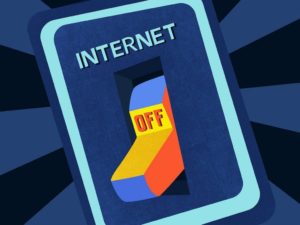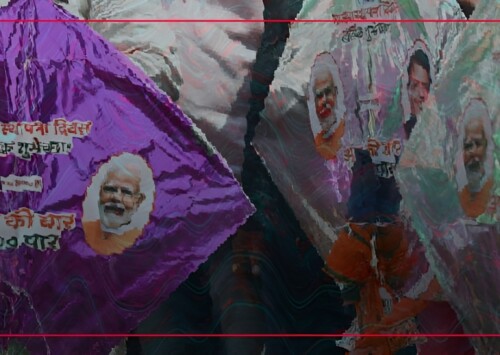India tops the world in internet shutdowns
According to the UNESCO report, almost half of the numbers of shutdowns in India have been enforced in the Kashmir valley alone for prolonged periods. Five of the six largest shutdowns recorded in the time span occurred in India.
India has the highest number of internet shutdowns for three consecutive years says a report released by UNESCO, Clampdowns and Courage-South Asia Press Freedom Report 2017-18, documents all such cases of internet shutdowns in South Asia, with India being far ahead of all others. According to the report, people in South Asian countries experienced at least 97 instances of internet shutdown, a barometer on freedom of press and expression, between May 2017 and April 2018, with India alone accounting for 82 such cases. Pakistan witnessed 12 instances of internet shutdown while Afghanistan, Bangladesh and Sri Lanka reported one such case each. According to the internet shutdown tracker maintained by Software Freedom Law Centre (SFLC), 52 shutdowns have occurred this year so far in India as compared to 70 shutdowns worldwide that happened throughout 2017 and 30 in 2016.
“Internet shutdown and deliberate slowdowns are increasing in the world and is now also a barometer on press freedom and freedom of expression controls. South Asia has witnessed the highest number of internet shutdowns globally, with India earning the dubious crown for the country with the highest number of internet shutdowns,” the report said.
What is internet shutdown?
An internet shutdown occurs when the State orders telecom companies to shut down mobile internet services due to ongoing protests and clashes in a particular region. Suspending the internet has almost become an obligatory extension of Section 144 of the Criminal Procedure Code (CrPC), with services being suspended in 26 different districts across 5 states, all within the first 24 days of April.
According to the UNESCO report, almost half of the numbers of shutdowns in India have been enforced in the Kashmir valley alone for prolonged periods, the recent case being the Kathua case. Five of the six largest shutdowns recorded in the time span occurred in India, said the report. The longest one that lasted for 45 days happened in Darjeeling during the Gorkhaland agitations in 2017, followed by a 40-day internet shutdown was witnessed in Nawada in Bihar after communal clashes.
How effective are internet shutdowns?
A UNHRC resolution passed in 2016 condemned the practice of governments blocking citizens’ access to the internet. India was one of the few democracies opposing this stance, and by extension opposing the UN position stating “the same rights people have offline must also be protected online.” The government justifies these shutdowns as being carried out for preventative measures by controlling the circulation of information. But what the government forgets that it is a step against freedom of expression as well.
Different countries have different ways of dealing with such attacks. After the terrorist attacks in France in 2016, the French government considered shutting down the internet but realised that the gains were outweighed by the costs. Instead, they developed an application with an alert button, which would alert the police and inform them about areas of danger. The sudden shutdowns not only affect the economy of India but also go against Modi’s Digital India initiative.
According to Brookings Institution, a US-based think-tank, cutting-off of internet services in between July 2015 and June 2016 cost India USD 968 million (EUR 821 million) in 2015-16. After the demonetisation period, dependence on the digital economy has increased in India. The government has to understand that with frequent internet shutdowns the country’s economy will suffer.










